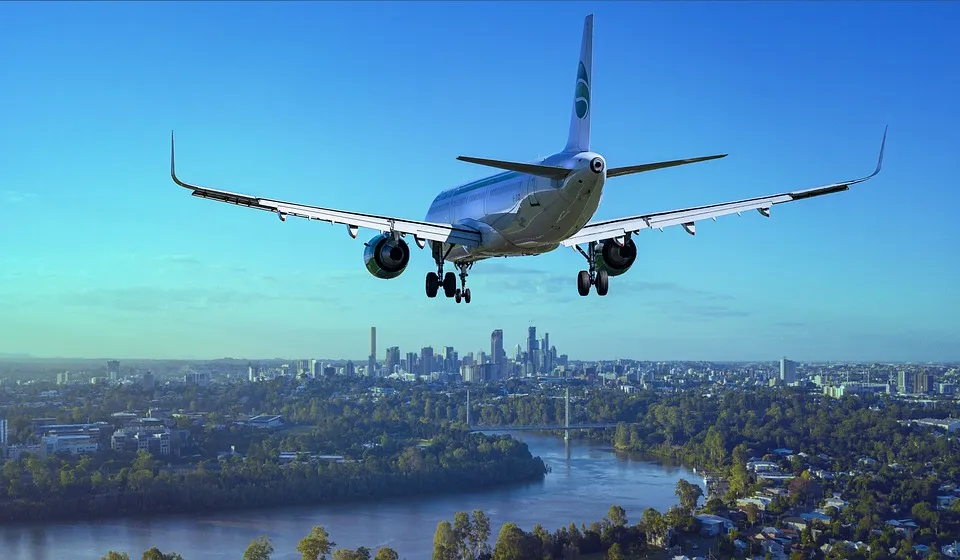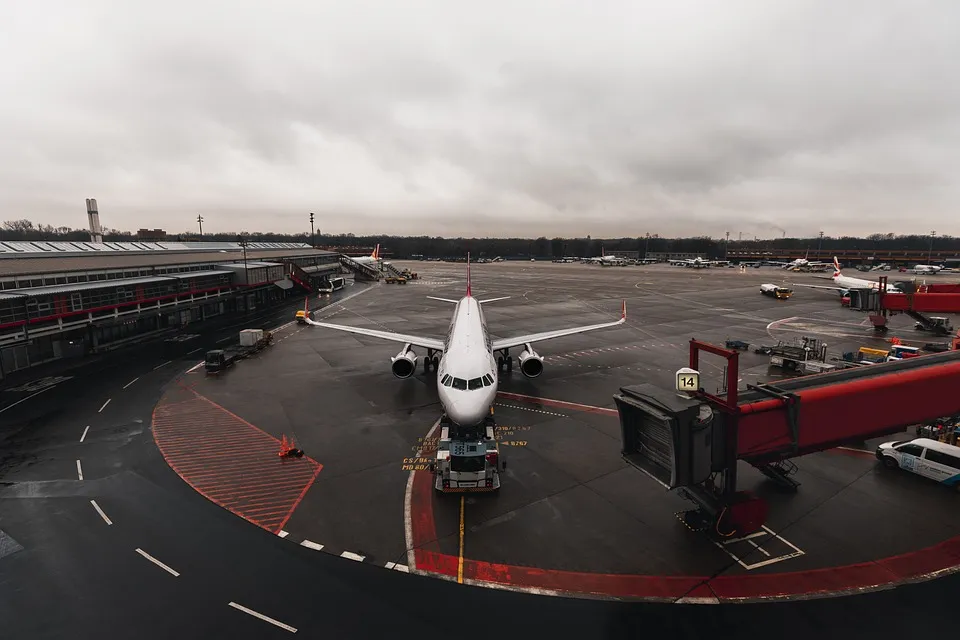The number of passenger incidents on planes has been steadily growing for years. Recent incidents have sparked a lot of discussion on the safety of commercial air travel. In recent years, there have been a number of highly publicized incidents of airline passengers behaving badly and even threatening those around them. What does this mean for the future of aviation?
In the beginning, it was all about being on time. Flights would be delayed, but since it was not your flight, you didn’t care. As a passenger, you would arrive at the airport at least three hours before your flight departed. This gave you enough time to get through security, get a nice seat, have a bite to eat, and hydrate.
The plane would leave on time and everything would be fine. Of course, things changed. It is now the norm that people board planes 30-60 minutes before a flight departs. This is because the latest aircraft is so big and people are so impatient, that it takes longer to get the aircraft to the runway. The current trend is about the 50-minute mark. Airlines
The number of passenger incidents on planes has been steadily growing for years. As one of my fellow writers, Alex Mensing, wrote, “The number of incidents, injuries, and deaths involving air travel has been rising for decades, but the last decade has seen a dramatic spike.”
The reasons for this are complex, but the most obvious one is that a growing number of people—including children—are flying repeatedly, without any preparation, on an aging fleet of planes. Read more about a disruptive passenger on the plane and let us know what you think.
List of What You Read
Why There Are So Many Passenger Incidents On Planes, And Why It’s Going To Get Worse

by Gary Leff on May 26, 2021 The FAA usually sees 100 – 150 cases of bad inflight behavior filed with them each year. Already this year there have been 2500, 1900 of which have to deal with refusal to wear a mask. Most inflight disturbances don’t make it to the FAA.
We’ve seen a real increase in inflight conflicts, and it’s going to get worse before it gets better. There are generally five reasons why we’re heading towards a new peak.
More passengers = more incidents. Air travel is recovering, there are more people in the sky than there have been since before the pandemic. Sheer numbers make it more likely we’ll see more disturbances as passenger volumes stretch toward 1.9 million per day in the U.S.
Fewer business travelers mean a greater percentage of passengers are likely to have issues There are fewer experienced passengers on board who are dead-end against drama, the person sitting next to a first-time flyer is more likely than ever to be a first-time flyer.
Distrust of elites and experts. The same broader social issues that manifest themselves in electoral polarization get brought on board the plane. Experts have largely failed us during the pandemic, and their advice has been inconsistent.
We were told not to wear masks before being told to wear them. Somehow taking off the mask has become a symbol of standing up for ones’ self against the tyranny of rule by experts who are increasingly seen as flawed.
Increased vaccination rates. More and more people see themselves as no longer needing to wear a mask since evidence suggests strongly that recipients of mRNA vaccines are both unlikely to get or spread the virus (and for those who haven’t been vaccinated yet, that’s largely a decision they’re making for themselves and shouldn’t impose costs on others for it).
This is doubly the case now that the CDC even says vaccinated people don’t need to wear masks indoors in crowded bars, yet rules for masking during travel remain in place. This also reinforces skepticism about ‘experts’ and whether rules rely on science.
The politicization of masks is in the wrong direction. Masks should have been the conservative alternative to big government lockdowns. Instead, they became a political flash point of government ‘control’. People who feel powerless lash out in whatever way they can.
With more leisure travelers than ever and a greater proportion of first-time travelers, every airline’s passengers are Spirit Airlines passengers now. Throw people together from various backgrounds and with their own life issues inside a metal tube and give them a requirement that isn’t obviously benefiting them at the end of 15 months of frustration and deprivation and we inevitably see conflict.
